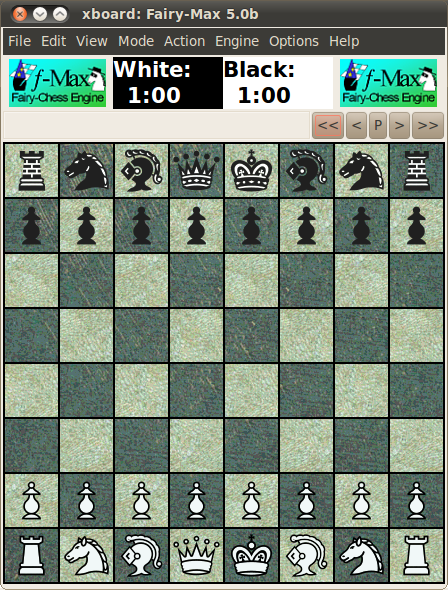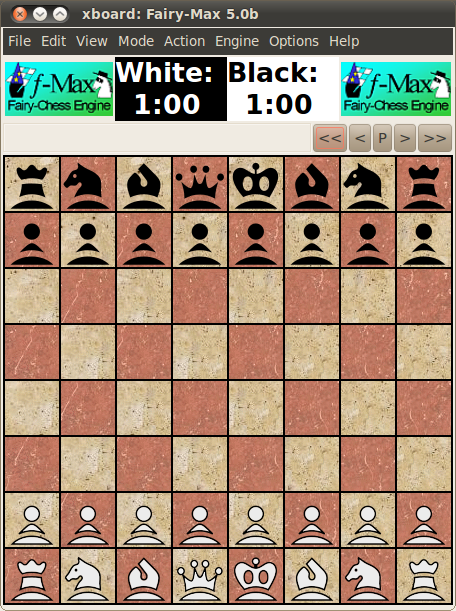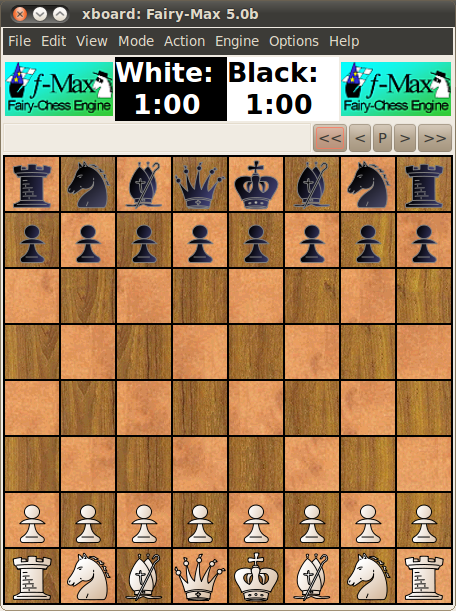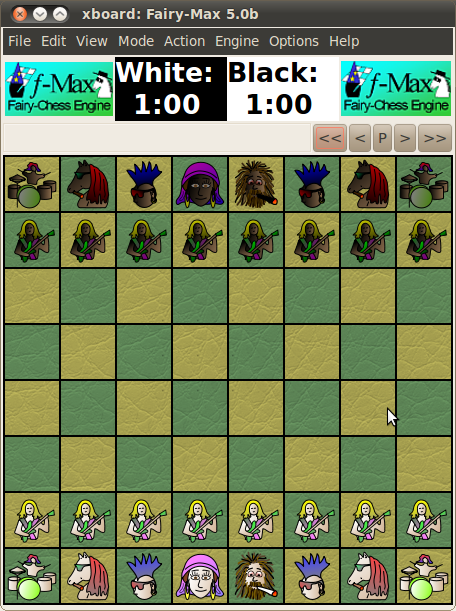hgm wrote:Where did you get that idea?giovanni wrote:Thanks Heiko. How much work do you think would be needed to add to xboard the capability to do interactive position analysis, kind of what IDEA does' in Aquarium program? I know you don't have Windows, How does this differ from -mcBookMode in XBoard?but it is a kind of analysis were the user goes back and forth from a given position recording the engine scores for any position being analyzed. Then, scores are backpropagated (minimaximized) to the root positions.
How does this differ from -mcBookMode in XBoard?but it is a kind of analysis were the user goes back and forth from a given position recording the engine scores for any position being analyzed. Then, scores are backpropagated (minimaximized) to the root positions.
It is difficult to make an estimate of the required effort if I don't have the slightest idea of what exactly is requested. Is any kind of special output, or input controls needed for this feature? Would it just be like interactive analysis, showing one or more PVs in the Engine Output window? Would it produce a PGN tree that the user later can walk, annotated with score/depth information? Things like that would determine if it would take one day or three, once an exact specification is given.
Sorry Heiko, I don't know why but I thought you were a linux-only person. But actually it couldn't be true, since your are also producing the well known WinBoard program. Never mind, I am just getting too old...
Yes, the output is a minimaximized tree of the variations of a given position. The tree can be saved to disk for further refinement of the analysis. As default option program analyzes 5 seconds and 25 plies or so for each position and starts building a tree from there. However, the user is espected to heavily interact with the GUI selecting the most promising lines and cutting out the less relevant ones. In this thread, Rodolfo Leoni has shown what benefits this kind of interactive analysis can bring to. In his case, however, the tree was saved as an hash-file thanks to the Stockfish persistent hash version by Daniel Jose, but you perhaps get the idea of what the program can do:
http://www.talkchess.com/forum/viewtopi ... w=&start=0
A very simplified descriptior of IDEA would be here:
http://chessok.com/shop/index.php?main_ ... cts_id=724






